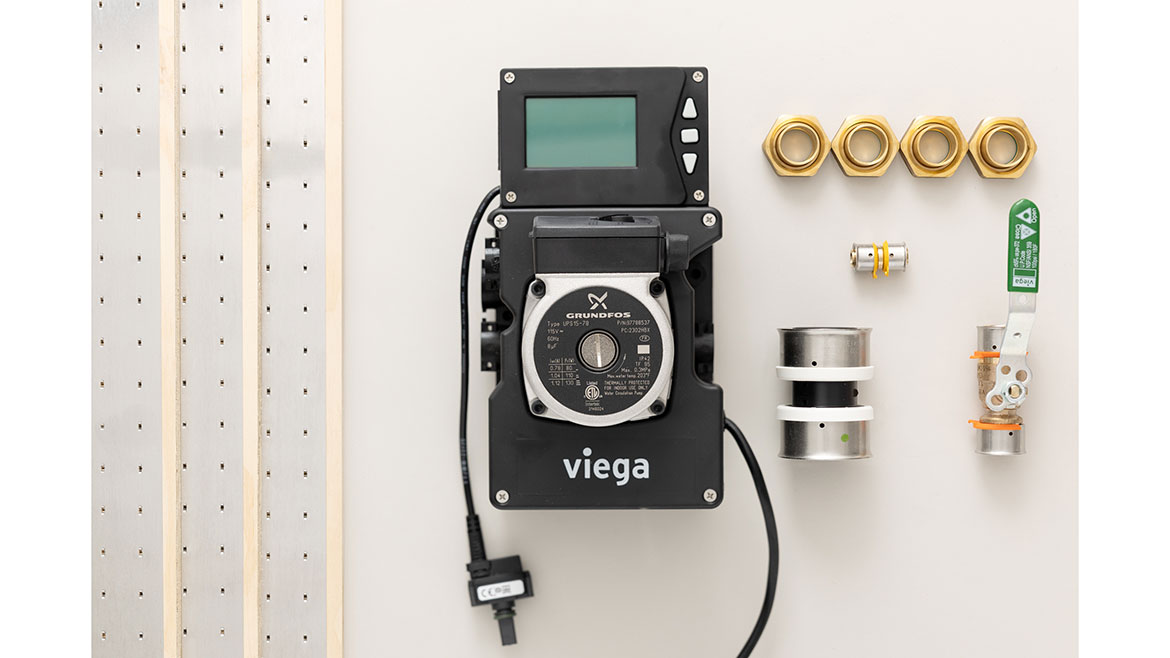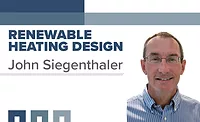Follow the PIM method for a perfect radiant installation everytime
A guide to installation success.

Following the PIM Method (Preparation — Installation — Maintenance) helps create a successful installation. Images courtesy of Viega
Did you know that you can formulate an approach to make every radiant install a success? It’s called the PIM Method — and it’s all about keeping things simple. In this article, Viega, a manufacturer of press fittings, valves, PEX and radiant heating and cooling, walks you through a checklist of things to consider before tackling your next radiant project.
The benefits of radiant heating and cooling are incredible. With radiant, you get consistent temperatures with exceptional system efficiency. That’s a win-win. It’s also important to note something you don’t get — dust and allergens circulating through the room like you do in forced air systems. It’s an easy sell, right?
The only thing stopping folks is the fear of the unknown. Maybe you haven’t worked with radiant systems before? If so, this guide will show you how to make every install a success if you follow the PIM Method (Preparation — Installation — Maintenance).

Radiant systems are built to efficiently run long into the future. Setting them up for success by being mindful in your preparation is the key. Images courtesy of Viega
Preparation
The first step in a radiant installation is developing a clear understanding of what the system is intended to do. Is it heating and cooling rooms? Or is it working outside the building in applications like snow-melt or frost protection? Each application will have slightly different installation methods and/or codes and requirements. So, the first step is to clearly specify the project’s intent.
Once the intent has been set, make a checklist of the ancillary things you need to consider. This may include insulation requirements, building owner expectations, zoning strategy, wet or dry-mass system, floor coverings and finishes.
Radiant systems are built to efficiently run long into the future. Setting them up for success by being mindful in your preparation is the key.
Installation
For those of you in the back… listen up. Manifold placement is the most important part of successful radiant installation.
That’s because there are many other systems that need to be installed on the site simultaneously or in fast succession. This means that your manifold needs to be in place and ready to have tubing connected to it before the tubing is installed. This requires coordination — both to make the installation a success and to ensure that the owners can make future management on the project. Manifolds need to be insulated, waterproofed and protected from damage on-site.
Beyond the manifold, you also want to have a good handle on the method of installation of the radiant panel. If we install a concrete system, we need construction details of where the tubing is placed in the slab and how it is attached. Coordinating with other trades during the installation of any reinforcement and pour is also recommended.
Maintainance
PEX tubing is very low maintenance. It’s anti-corrosive and incredibly durable. That said, you will need to check the system fluid from time to time.
If your system uses water, it becomes less corrosive over time as the oxygen gets choked out. The minerals or impurities from the initial fill have settled and ideally been removed through a separator. But it’s still a good idea to periodically check the water.
If your system uses propylene glycol solution, consider checking the system once a year. Pick a season that is convenient for you and put it on the schedule annually. The reason is that glycol can break down over time, so you need to ensure that the pH is balanced and the chemical inhibitors are maintained.
A closing thought
As radiant systems gain popularity across the U.S., you can make your life easier by following the PIM method outlined above. A little attention during the Preparation, Installation and Maintenance stages will go a long way. Happy installation!
Looking for a reprint of this article?
From high-res PDFs to custom plaques, order your copy today!








